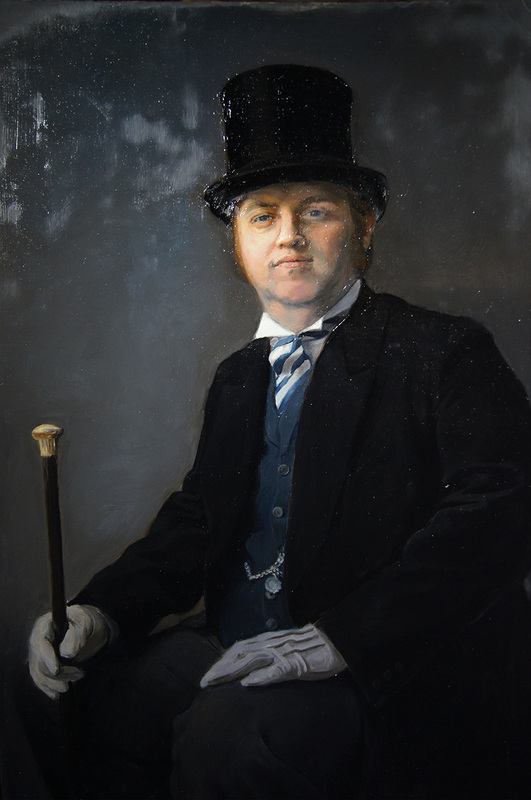
Pocket Books had signed a contract with Gallen to disseminate them. In 1981, he helped produce 100 titles for all book publishers. Gallen would also create books for Tor Books and Pinnacle. He used them to create books that would “be distributed to the trade by the well-known houses of Publishers Row.” Gallen was in charge of small teams of editors, designers, and writers. Pocket Books would then distribute them.Ī book producer was to be the “book creator of the future,” not unlike film producers. In 1979, he published two historical romances and two contemporary romances a month.

Richard Gallen, an entrepreneur and self-proclaimed publishing producer, had worked for Dell.

Richard Gallen, Book Producer of the Future? Other publishers like Berkley’s Jove division would follow suit. To this day, despite her death many years ago, her books continue to sell.Īs for the stepback, it would become hugely popular in the romance genre. Her Dollanganger series was a huge sensation. Pocket Books previously had used a die-cut stepback to great acclaim with V.C. It sold 2.5 million copies for Pocket Books alone. The novel had been a great success overseas for Penguin and was a Frank Capra-directed film in 1937.

Pocket Books #1 was Lost Horizon by James Hilton. Each title had a first printing of about 10,000 copies.

Their first ten titles in 1939 were released in numbered order and cost 25 cents. Pocket Books editions were made of cheap paper and bound with glue, far more affordable than cloth or leather-covered hardback with stitched spines.Īt the time, Pocket Books only reprinted previously published best sellers and classics. Earlier forms of paperbacks had been produced in the mid-1800s. In 1939 they produced the first mass-market paperbacks in the States. Lincoln Schuster–and their business partner, Leon Shimkin. He obtained financial backing from the Misters Simon & Schuster– Richard L. de Graff was the founder of Pocket Books and cousin to Frank Nelson Doubleday.


 0 kommentar(er)
0 kommentar(er)
